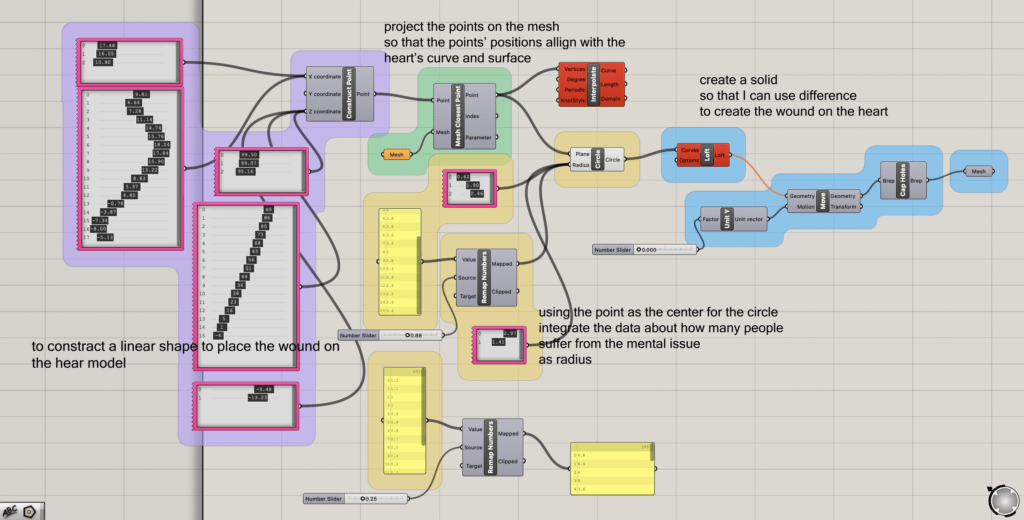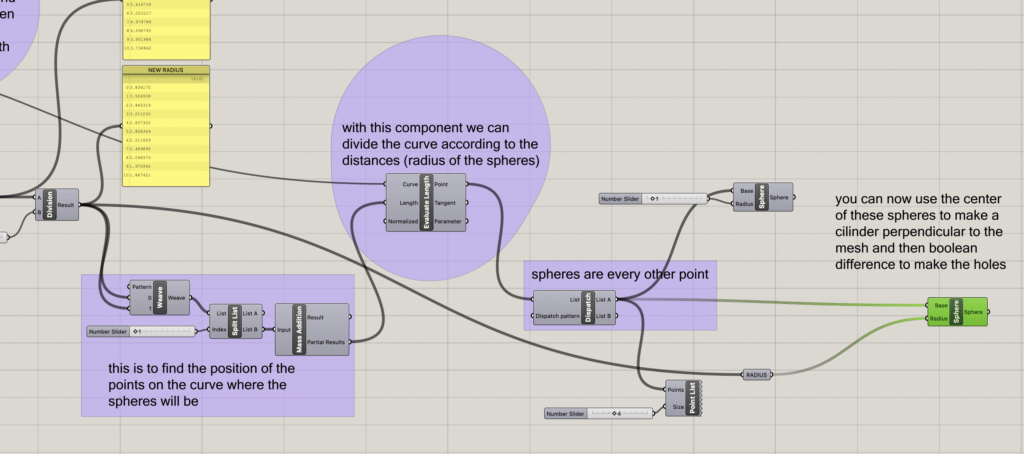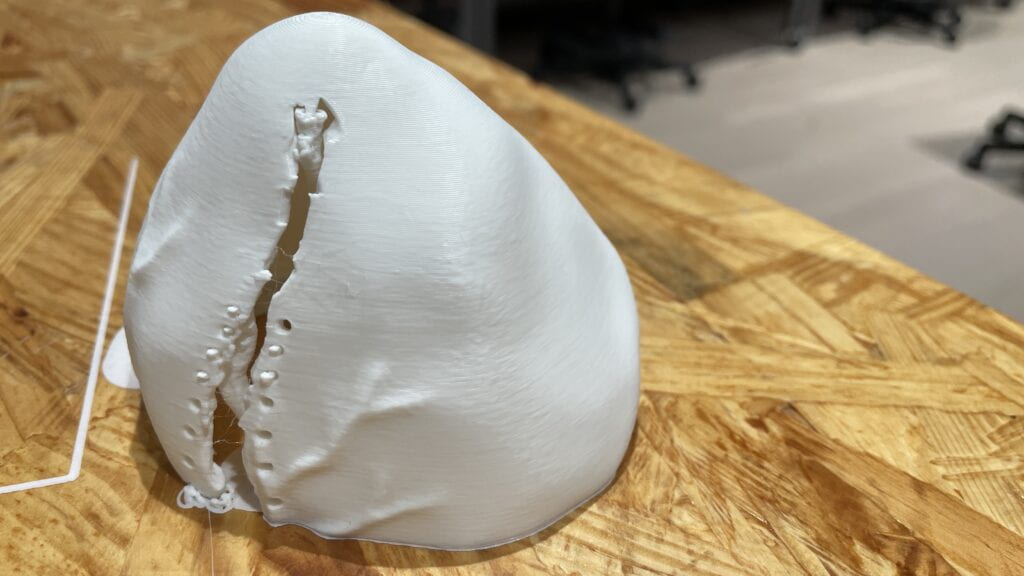Critical design, as championed by Anthony Dunne and Fiona Raby, pushes boundaries in industrial design by crafting objects that challenge established societal norms. On the other hand, critical making takes a more process-centric approach, placing emphasis on the journey of creation rather than solely on the polished end products. From what I gather, critical making with technologies prioritizes the procedural aspects, offering a unique collaboration with technology typically confined to the digital realm. The fascinating aspect lies in the tangible, material production at its culmination, something you can touch and integrate into our daily lives. The iterative nature of this approach prompts numerous adjustments, particularly in how we conceive and handle what we possess, perhaps even data. As Garnet pointed out, this iterative process encourages those shaping technology to step back, scrutinize, and reassess the assumptions and values woven into their designs. It’s a dynamic interplay that brings a refreshing real-world dimension to the often-abstract realm of technology.
My motivation to embark on projects of this nature is deeply rooted in personal experiences and keen observations. Witnessing diverse individuals approach the organization’s front desk to inquire about counseling and hearing their apprehensions about treatment illuminated a poignant reality: a multitude shies away from seeking assistance due to personal biases or misunderstandings. This reluctance, however, is often at the expense of their well-being, as mental health issues can significantly impact physical health. Recognizing this as a substantial societal concern, my project strives to shed light on the pervasive tendency of people to avoid crucial mental health treatment, even when it is urgently needed. The core message is a call to courage, emphasizing that seeking psychological counseling is an act of self-rescue and healing. I aim to bring this narrative to life by crafting a tangible representation of the psychological wounds on heart. The envisioned project endeavors to make these wounds vivid and scarred, mirroring the mental challenges individuals face. Going a step further, instead of mimicking the real heart’s color, I plan to render the heart transparent, symbolizing the gravity of internal struggles and the transformative potential of mental health treatment. The use of transparency, accentuated by a red sewing thread, serves as a poignant visual metaphor, underscoring the healing power of addressing psychological issues head-on.





for this texture, I use displacement in Rhino. It is true that when I difference the solid with my heart, the displacement cannot show and I was actually difference my heart with the original one without displacement. But then i tried to export the stl file and find that it is with displacement textures. So I reimport this stl into rhino and difference my heart with it.



